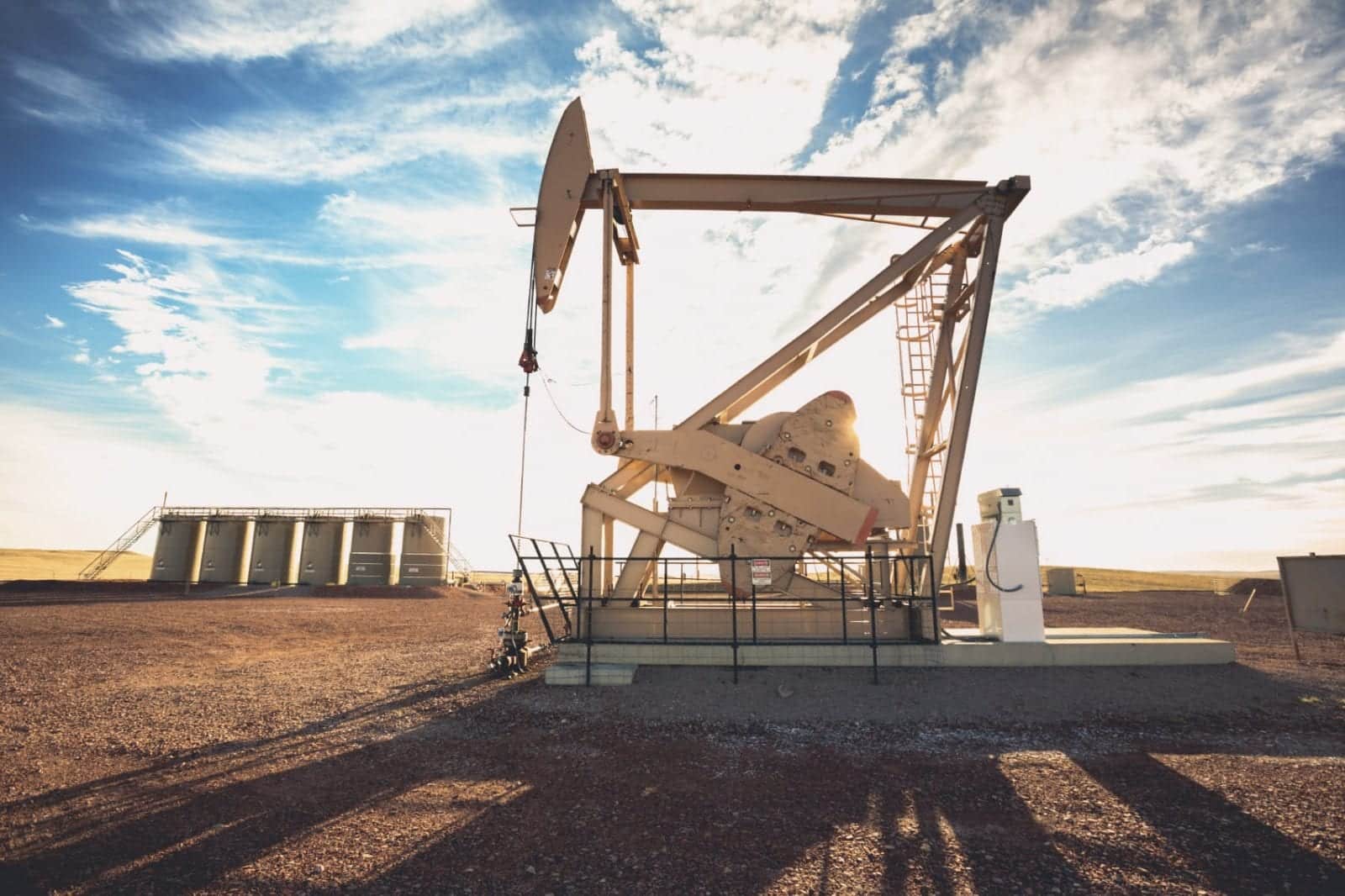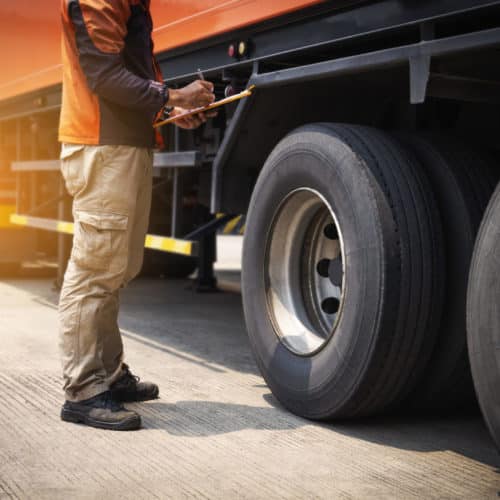Oil and gas well drilling is a hot button issue these days—between protestors challenging dependence on fossil fuel and the process of fracking, and our continuing everyday need for these substances, there are a lot of complications. Even worse, there are all kinds of potential dangers on the job on the best of days, from the equipment and materials used to the volatile nature of gas and oil themselves. Learn the safety hazards involved with oil and gas extraction, how to prevent oil field accidents and how an oil field accident attorney can protect your rights.
Vehicle Accidents
Most people don’t associate car crashes with oil fields, but it happens, and all too often. Materials, equipment and the oil itself is transported to and from the well every day, and vehicles are used on the job site to move around. Almost 40 percent of all workers killed on the job in oil fields are as a result of car accidents, according to OSHA.
Avoiding vehicle accidents is often a factor of being aware of your surroundings, obeying the speed limit and not driving while distracted.
Accidents Where One is Caught in or Between and Struck
These refer to accidents that occur when a worker gets caught in or between equipment, or is struck by debris, vehicles or equipment. There are tons of hazards on the job sites, from high-pressure oil lines to falling equipment and debris, moving vehicles, getting stuck while working in confined spaces and so much more.
Every workplace should have designated safety zones that are well labeled. Workers should wear appropriate personal protective equipment, from goggles and hardhats to boots and gloves, and should only handle equipment that they are properly trained, rated and certified to handle.
Fires And Explosions
Fires and explosions are a major risk when it comes to oil field work. After all, the material you are extracting is highly volatile. Oil field fires have been related to some major ecological disasters throughout history, and it’s vital for workers to be well educated on the risks of these hazards. Understanding ignition sources, how to avoid ignition and how to handle disasters when they occur should be a part of every worker’s training, and management should hold regular safety seminars for workers.
Falling
Many oil field workers have to climb ladders, work on scaffolding or in high areas, or even walk on unstable surfaces. Trip, slip and fall accidents are all too common as a result. To avoid these accidents, workers should be well tethered and secured when working in high areas. Strong safety procedures should be in place for supporting and erecting scaffolding and ladders, including the proper use of safety rails. Again, education is key to preventing such accidents.
Preventing Oil Field Accidents
The above are just a few of the major hazards that exist in oil field work. Electrical hazards, equipment hazards, high-pressure lines, ergonomics injuries and more pose a threat to workers every day. Preventing such accidents is often a factor of education, training and self-policing.
Management needs to establish safe practices for all of these dangers, hold regular exercises, meetings and training sessions, and have solid emergency response and management procedures in effect. OSHA’s website is an excellent resource for workers and managers, providing detailed information on how to avoid these dangers.
As always, if you are hurt on the job and need representation to make sure you get all the workers’ compensation coverage to which you’re entitled, we are here to help. Read a bit more about oil field accidents, and get in touch with us for advice or a consultation today.







